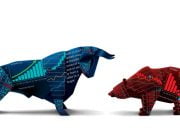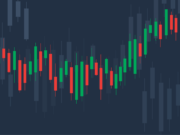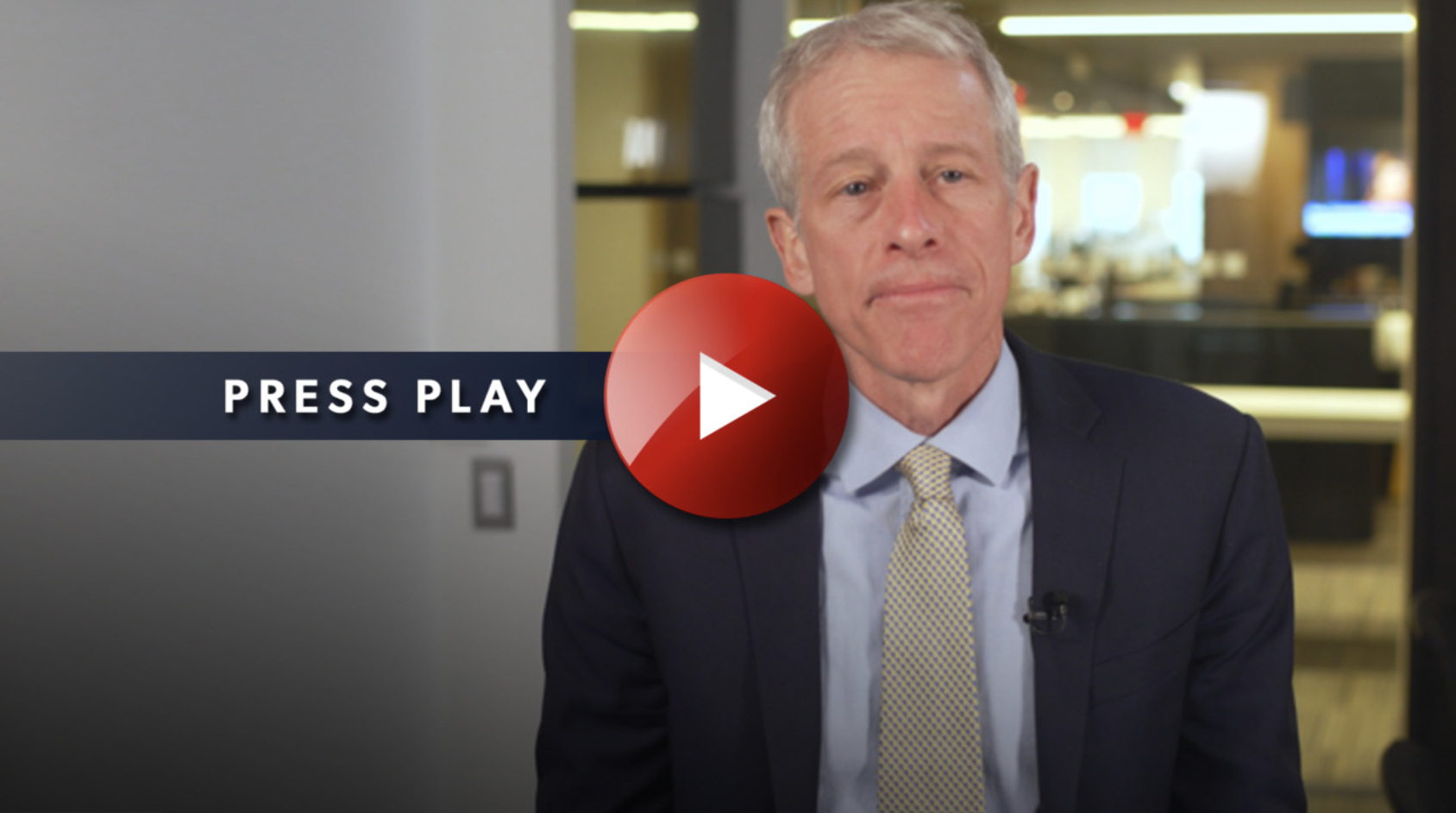Despite Friday’s rally, stocks declined this week after closing the worst first half in decades amid surging inflation and mounting recession fears. For the week, the Dow fell 1.3%, the S&P 500 lost 2.2%, and the Nasdaq shed 4.3%.
During the first half of 2022, the S&P 500 recorded its worst first half since 1970 with a loss of 21% and fell from its January high into bear market territory. Meanwhile, the Nasdaq posted its worst first-half ever, declining nearly 30%, and the Dow sank 15%. . The major indices also recorded significant quarterly and monthly declines. The S&P 500 fell 8.4% in June, while the Dow and Nasdaq posted monthly losses of 6.7% and 8.7%, respectively.
This week’s focus will be on the labor market, with multiple reports slated for release. On Tuesday, the Bureau of Labor Statistics (BLS) will release its May Job Openings and Labor Turnover Survey (JOLTS) report. Payroll provider Automatic Data Processing (ADP) will release its June National Employment Report on Thursday, and the Labor Department’s nonfarm payrolls report for June is due for release on Friday.
Our team has its eyes on a few tickers this week, including a unique approach to short-selling and an energy name to hang your hat on.
The downturn in equity markets has made 2022 a lucrative year for short-sellers. A report from investment data firm S3 Partners revealed through May 16th, short-sellers had raked in an astonishing $215.6 billion year-to-date in market-to-market profits. In times like this, a short position can reward handsomely. However, for many everyday investors, the risks associated with selling stocks are too steep to justify. While a stock can only fall to zero, it can climb infinitely, making the risk of loss on a short sale theoretically unlimited.
Our first pick is a unique approach to short-selling that allows investors to take a position inverse to a curated selection of large and mid-cap stocks. This approach appeals to many bearish investors looking to reap the benefits of a position opposite potential losers but also looking to mitigate some of the risks by employing a time-tested team of pros to do the picking and choosing.
The AdvisorShares Ranger Equity Bear ETF (HDGE) is unlike most products offering short exposure to domestic and international equity markets as it is an actively-managed fund that seeks to identify candidates for short selling based on forensic accounting and other quant-based methodologies.
The fund is making the most of a bad situation, posting positive returns as stocks continue to weaken. So far this year, HDGE is up 28.6%, while the S&P 500 is down nearly 22%. As an actively managed portfolio of individual components (versus a fund that’s inversely correlated to the market), HDGE offers the unique benefit of a time cushion in the event of a slow recovery, unlike a bear market or inverse fund where a market recovery would likely lead to an immediate loss in value.
The managers behind this fund have an impressive track record, and the fund has a wide variety of potential applications depending on an investor’s outlook for the U.S. market. The primary downside of this ETF is the hefty 5.2% expense ratio. The fund’s strategy also involves frequent buying and selling of securities, which may lead to a high portfolio turnover and, consequently, create a drag on returns.
Overall, HDGE enjoys a solid asset base and can be used as an alternative for ‘vanilla’ inverse equity funds. Its unique approach provides a solution for bearish investors who aren’t 100% focused on watching the market.
Leading provider of distilled branded spirits and specialty food ingredients MGP Ingredients Inc. (MGPI) logged a record-breaking 2021 and is building on that strength in 2022.
Many know MGP as an opportunity to invest in branded spirits. Still, an often overlooked feature of the company is its involvement in the burgeoning plant-based protein movement, a market anticipated to grow at a CAGR of 11.2% from 2020 to 2027 to reach $27.05 billion by 2027. The company launched its line of non-GMO texturized proteins Proterra in 2020 and has been strategically building the name since.
The most recent developments are plans for a $16.7M extrusion plant expected to produce up to 10M pounds of ProTerra annually. “Achieving in-house production of our ProTerra line of products is a meaningful investment amid growing demand and increasing outsourcing costs,” said MGP’s CEO. The extrusions plant isn’t the only project MGP has in the wings. The company has expansionary projects totaling approximately $33 million over the next two years.
Lake Street analyst Ben Klieve recently initiated coverage of MGP with a Buy rating and a $100 price target. The analyst views the stock as a “compelling investment” for those looking for undervalued, branded spirit opportunities in a high multiples category and those seeking to capitalize on the plant-based protein movement without the risk of directly investing in specific brands.
The company raised its 2022 guidance. It now sees EPS of $3.95-$4.10 and revenue of $690M-$715M. “We are very pleased with the momentum we ended the fiscal year on and believe we are well-positioned to execute and deliver against our long-term growth strategy in fiscal 2022. We are committed to leveraging the strong foundation we’ve established over the years to position MGP for sustainable long-term growth,” concluded Colo.
Chevron Corp (CVX) is one of the world’s largest publicly traded oil and gas companies, with operations that span nearly every corner of the globe. The only energy component of the Dow Jones Industrial Average, Chevron is fully integrated, meaning it participates in every aspect related to energy, from oil production to refining and marketing.
The majority of the company’s organic growth is expected to come from the Permian basin through year-end 2023, with volumes potentially growing to over 1 million barrels of oil equivalent per day by 2025.
Chevron topped consensus revenue estimates each of the last four quarters and topped EPS estimates twice over the past 2 quarters. Last quarter, the company reported $54.37 billion in revenue, representing a year-over-year change of +69.8%. EPS of $3.36 for the same period compares with $0.90 a year ago.
As a bellwether for oil stocks, Chevron investors will be looking for strong downstream margins when the company reports Q2 earnings on July 28th. The consensus revenue estimate of $54.33 billion points to a year-over-year change of +44.5%.
Over the past year, Chevron shareholders have received a total return of 41%, including the dividend. It might be worth taking a closer look now that the stock is 19% below its ATH set just three weeks ago.
Should you invest in Chevron right now?
Before you consider buying Chevron, you'll want to see this.
Investing legend, Keith Kohl just revealed his #1 stock for 2022...
And it's not Chevron.
Jeff Bezos, Peter Thiel, and the Rockefellers are betting a colossal nine figures on this tiny company that trades publicly for $5.
Keith say’s he thinks investors will be able to turn a small $50 stake into $150,000.
Find that to be extraordinary?
Click here to watch his presentation, and decide for yourself...
But you have to act now, because a catalyst coming in a few weeks is set to take this company mainstream... And by then, it could be too late.
Click here to find out the name and ticker of Keith's #1 pick...









